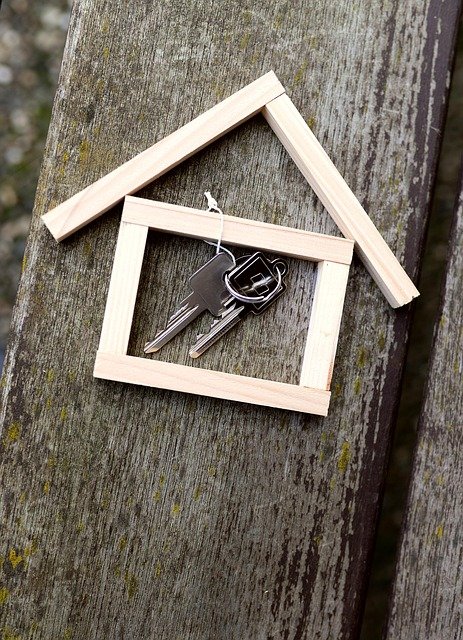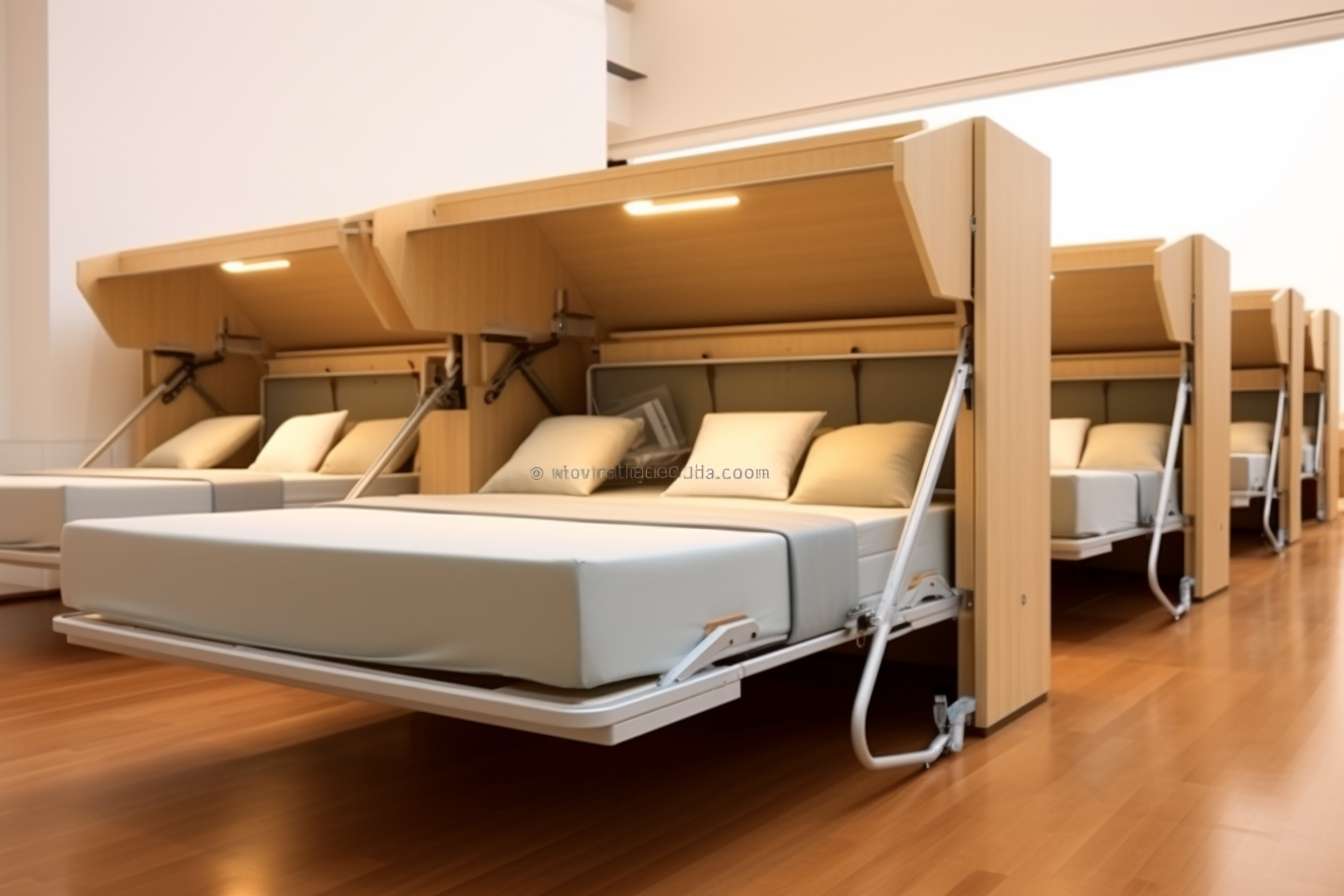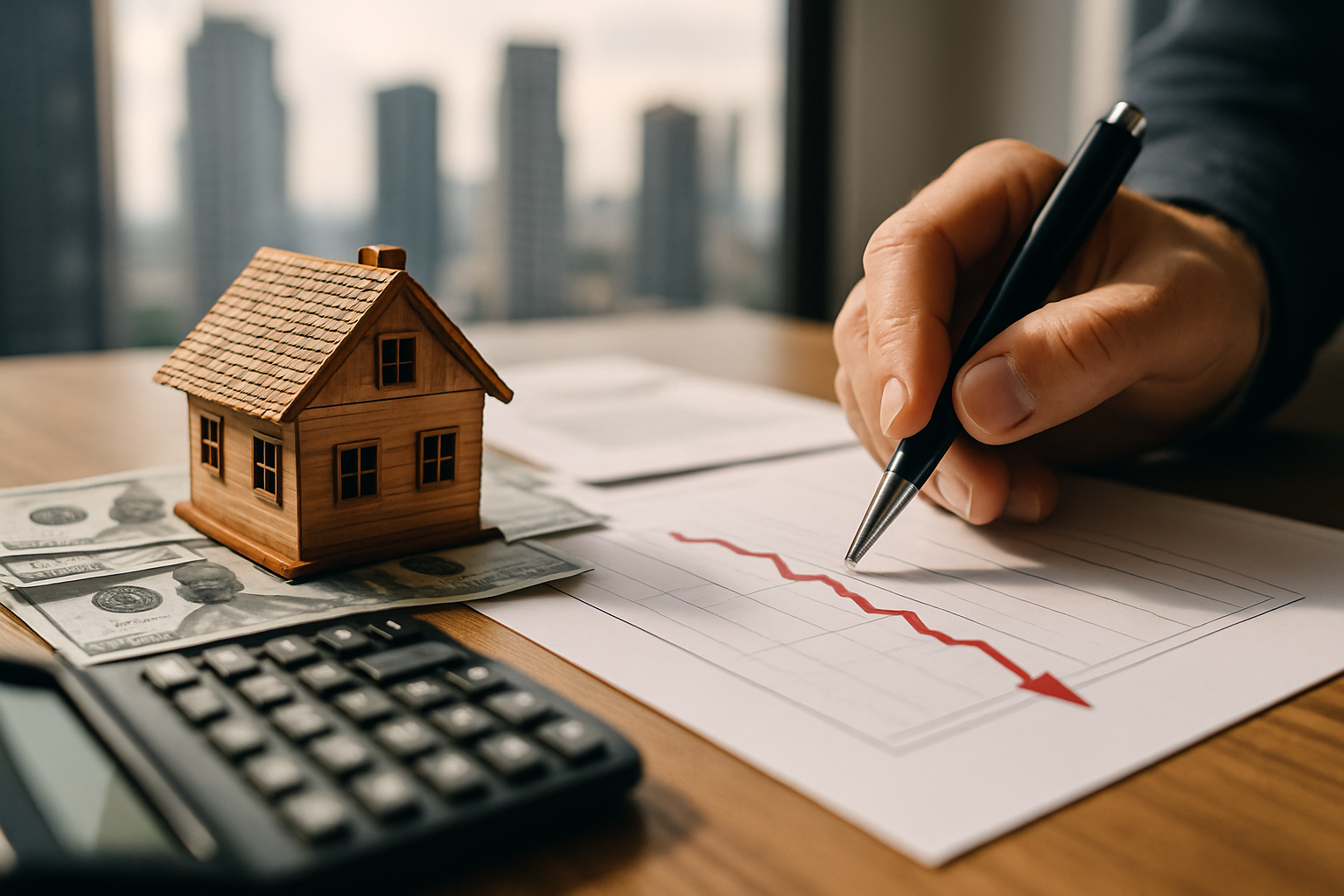Energy Efficiency Through Automated Opening Systems
Automated opening systems are transforming residential properties across the United Kingdom by combining convenience with substantial energy savings. These intelligent systems regulate indoor climate more effectively than traditional manual options, reducing heat loss during winter months and maintaining cooler interiors during summer. As households seek practical solutions to rising energy costs, automated systems offer measurable benefits through improved insulation, controlled access, and integration with smart home technology.

Modern automated opening systems represent a significant advancement in residential energy management. By minimizing the duration that entry points remain open and optimizing seal integrity, these systems address one of the most common sources of energy waste in UK homes. The technology has evolved considerably, now offering features that extend beyond basic automation to include climate sensing, adaptive scheduling, and seamless integration with existing home management platforms.
What Are the Latest Developments in Automatic Home Systems?
Recent innovations in automatic home systems focus on sensor technology and artificial intelligence. Contemporary models incorporate motion detection, proximity sensors, and environmental monitoring to determine optimal opening and closing patterns. Some advanced systems learn household routines over time, adjusting their behavior to match occupancy patterns and weather conditions. Manufacturers have also improved motor efficiency and reduced noise levels, making these systems more practical for everyday residential use. Integration with voice assistants and smartphone applications has become standard, allowing homeowners to monitor and control their systems remotely. Energy monitoring features now provide real-time feedback on thermal efficiency, helping residents understand their consumption patterns and identify opportunities for further savings.
How Do Advanced Systems Enhance Home Security?
Security enhancements in modern automatic systems include multiple authentication methods and tamper detection. Biometric scanners, keypad entry, smartphone credentials, and traditional key access can be combined to create layered security protocols. Many systems feature automatic locking mechanisms that engage immediately after closure, eliminating the risk of accidentally leaving entry points unsecured. Integration with home security networks allows these systems to communicate with cameras, alarms, and monitoring services. When unusual activity is detected, the system can send instant notifications to homeowners and designated contacts. Some models include reinforced construction and anti-forced-entry mechanisms that exceed standard security ratings. Time-based access controls enable homeowners to grant temporary entry to service providers or guests without compromising long-term security. Activity logs provide detailed records of all entry and exit events, useful for both security monitoring and household management.
Can Smart Systems Reduce Energy Expenditure?
Smart automatic systems contribute to energy savings through several mechanisms. The primary benefit comes from minimizing air exchange between indoor and outdoor environments. Traditional manual systems often remain open longer than necessary, particularly in households with children, elderly residents, or high traffic. Automated systems reduce this exposure by opening only as long as required for passage and closing promptly afterward. Advanced models incorporate weather sensors that adjust opening speed and duration based on external temperature and wind conditions. During extreme weather, the system can reduce opening width or increase closing speed to limit energy loss. Integration with heating and cooling systems allows coordinated operation, where the climate control adjusts output when the system opens, preventing wasted energy. Some systems include thermal imaging to detect heat loss patterns and recommend adjustments to improve efficiency. Over time, these cumulative savings can offset the initial installation investment.
What Are the Cost Considerations for Installation?
Installing an automated opening system involves several cost factors that vary based on system complexity, property configuration, and feature selection. Basic residential systems typically start around £800 to £1,500 for standard single installations, including equipment and professional fitting. Mid-range systems with enhanced security features and smart home integration generally cost between £1,800 and £3,500. Premium systems incorporating biometric access, advanced climate control integration, and commercial-grade components can exceed £5,000. Installation complexity significantly affects total cost, with straightforward replacements being less expensive than new installations requiring structural modifications or electrical work.
| System Type | Typical Provider | Cost Estimation |
|---|---|---|
| Basic Automated System | Local Installation Services | £800 - £1,500 |
| Mid-Range Smart System | Specialist Home Automation Companies | £1,800 - £3,500 |
| Premium Integrated System | High-End Security and Automation Providers | £5,000 - £8,000+ |
| Maintenance Annual Contract | Various Service Providers | £150 - £400 |
Prices, rates, or cost estimates mentioned in this article are based on the latest available information but may change over time. Independent research is advised before making financial decisions.
How Do These Systems Improve Home Accessibility?
Accessibility improvements provided by automated systems are substantial for individuals with mobility limitations, elderly residents, and those with disabilities. Hands-free operation eliminates the physical effort required to manually open heavy or awkward entry points, making independent living more feasible for many people. Adjustable opening speeds accommodate different mobility aids, including wheelchairs, walkers, and mobility scooters. Voice control and remote operation options enable individuals with limited dexterity to manage access without physical interaction. Height-adjustable controls and large-button interfaces improve usability for people with visual impairments or coordination difficulties. Many systems can be programmed with extended opening durations to provide adequate time for passage without rushing. Integration with emergency response systems allows vulnerable residents to grant access to medical personnel quickly during emergencies. The psychological benefits of increased independence and reduced reliance on others for basic access contribute significantly to quality of life for many users.
What Innovative Features Define Modern Residential Systems?
Beyond basic automation, contemporary residential systems incorporate features that enhance convenience, efficiency, and user experience. Adaptive learning algorithms analyze usage patterns and environmental conditions to optimize performance automatically. Predictive maintenance alerts notify homeowners of required servicing before failures occur, reducing unexpected breakdowns. Multi-zone climate sensing adjusts operation based on temperature differentials between rooms and outdoor spaces. Some systems include air quality monitoring that coordinates with ventilation systems to maintain healthy indoor environments while minimizing energy waste. Customizable profiles allow different household members to set individual preferences for opening speed, hold duration, and access credentials. Emergency override functions ensure manual operation remains possible during power failures or system malfunctions. Aesthetic customization options enable these systems to blend seamlessly with various architectural styles, from traditional period properties to contemporary designs. Energy reporting dashboards provide detailed analytics on efficiency gains and cost savings, helping homeowners understand the return on their investment.
Conclusion
Automated opening systems offer UK homeowners a practical combination of energy efficiency, security enhancement, and accessibility improvements. While initial investment varies based on system complexity and features, the long-term benefits include reduced energy costs, increased property value, and improved quality of life for residents with mobility considerations. As technology continues advancing, these systems become increasingly sophisticated, offering greater integration with smart home ecosystems and more refined energy management capabilities. Careful consideration of household needs, budget constraints, and desired features will help identify the most appropriate solution for each property.




